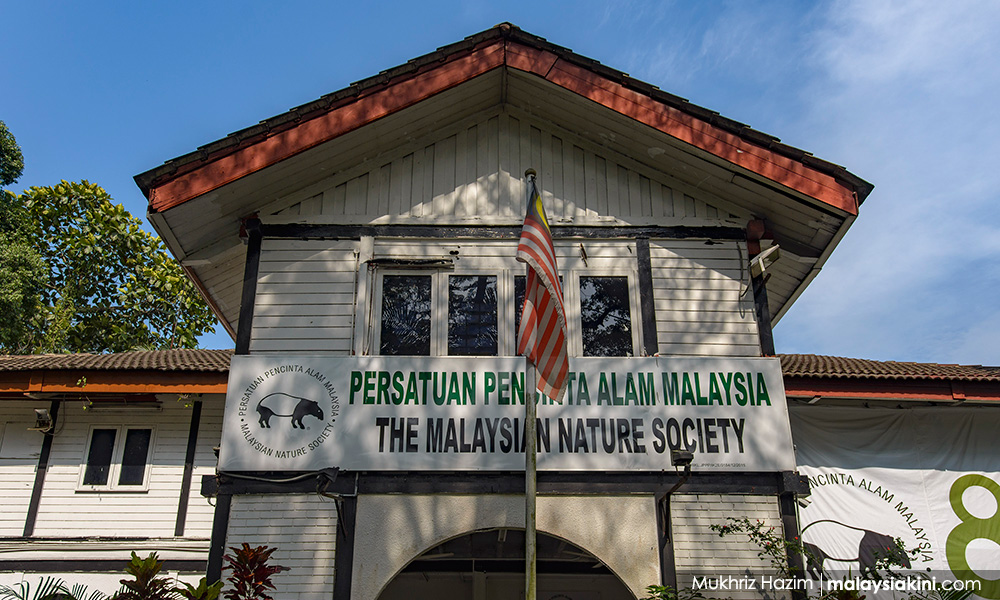Like other parts of Kuala Lumpur, the development or changes in Bukit Persekutuan are inevitable as this is part of the city evolution, according to Kuala Lumpur Mayor Mahadi Che Ngah.
"Why an area becomes the main focus of all the activities of the country is because it is the capital city of the country.
"So, definitely it will be a main focus. Otherwise, Kuala Lumpur will not be known as the capital city of Malaysia," he was quoted as saying by Malay Mail.
Mahadi was responding to concerns raised by residents, environmentalists and pressure groups who want the government to preserve Bukit Persekutuan as a green lung.
Citing several examples of city development evolution, Mahadi said the Chan Sow Lin area used to be an industrial area, but today its identity has changed and is no longer suitable for industrial activities.
"Some have become residential areas while other residential areas, like where the TRX (Tun Razak Exchange) is today, have turned into commercial centres. In the 70s, that area was residential, but now it will be known as the International Islamic Financial Centre.
“So, things change. This is part of the process of city evolution,” Mahadi said.

Formerly known as Federal Hill, Bukit Persekutuan is a low-density residential area amid an 18-acre secondary forest.
It was reported that SP Setia Berhad had acquired a 20-hectare plot of government land there in a land swap deal in 2012. The land deal involves a plot of land formerly occupied by the National Institutes of Health (NIH).
The land parcel is connected to Bukit Persekutuan and adjoins Jalan Abdullah.
In return, SP Setia is to construct a new facility for the NIH in Setia Alam, the developer’s flagship township.
The land swap deal also includes the construction of a 12-storey apartment building, which will serve as government quarters, and a mega commercial development on the former NIH land will likely include an 80-storey mixed commercial high-rise.
Since 2008, both the Malaysian Nature Society (MNS) and Badan Warisan Malaysia raised concerns about the possibility of development overtaking the natural and historical heritage of Bukit Persekutuan.
While there were no development proposals for the area back then, MNS noted that the land was not protected.

Mahadi pointed out that the government may need to acquire the 70-hectare Bukit Persekutuan in order to gazette it as green lung because the plot is a mixture of private and government land.
He said those who have been fighting for the cause need to understand that Bukit Persekutuan is not government land and that it belongs to the federal government as private land.
"We are aware of the concerns, people need to understand that this is someone's land. It's like how people want their house to be gazetted as a green lung. How can that be?
"You cannot just gazette it, as we have laws for this. If we want to do it, we have to acquire the land and be ready to pay compensation," Mahadi said.
He also gave his assurance to the concerned residents and NGOs that development within parts of Bukit Persekutuan will not harm the public, the environment and existing heritage building structures.
"There are regulations which need to be met by the developers while we also inspect what they are requesting, whether these proposals are in line with the planning guidelines.
"Before we make these decisions (on whether to approve the proposed projects) we have studied and analysed each area before giving an approval to the developer," Mahadi added. - Mkini



No comments:
Post a Comment
Note: Only a member of this blog may post a comment.